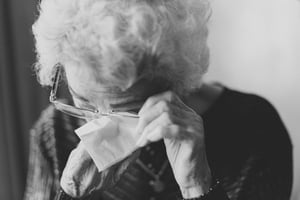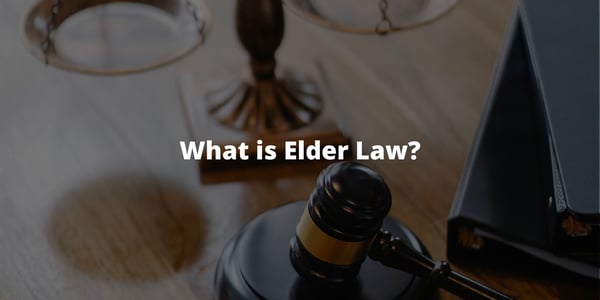Elder law focuses on the needs of older adults from a variety of angles. This specialty emerged...
Elder Abuse: How to Identify and Prevent
Types of Elder Abuse
- Physical Abuse
- Physical pain is inflicted upon someone by hitting, pushing, or restraining them.
- Accounts for 2.6% of reported elder abuse
- Emotional Abuse
- Emotional pain can be caused by an abuser saying hurtful things, yelling, or threatening a victim.
- Accounts for 11.6% of reported elder abuse
- Sexual Abuse
- An abuser forces a victim to watch or be involved in sexual acts involuntarily
- Accounts for 0.9% of reported elder abuse
- Financial Abuse
- Money or belongings are stolen by using a person’s credit card without permission, taking a person’s social security or retirement benefits, forging checks, or changing the name on legal documents to gain access to a person’s money (bank account, title of home, life insurance policy, etc.)
- Accounts for 6.8% of reported elder abuse
- Neglect
- Neglect is when a friend, family member, or caregiver ignores an elder’s needs, including social interaction, physical and emotional needs, or withholding necessities such as food, water, medications, etc.
- Accounts for 4.2% of reported elder abuse
How to Detect Elder Abuse
 It is estimated that one in ten people aged 60 or older have been victims of abuse, but only one in twenty-four cases of elder abuse are reported. This being said, learning the signs of elder abuse is the first step in helping victims. A person that has experienced abuse often will display one or more of the following signs:
It is estimated that one in ten people aged 60 or older have been victims of abuse, but only one in twenty-four cases of elder abuse are reported. This being said, learning the signs of elder abuse is the first step in helping victims. A person that has experienced abuse often will display one or more of the following signs:
- Unengaged from previously enjoyable activities
- Trouble sleeping
- Easily agitated
- Display trauma signs (fidgeting, rocking back and forth, stuttering, avoiding eye contact, etc.)
- Having unexplained cuts, scars, bruising, etc.
- Sudden weight loss
- Distances themselves from loved ones
- Unsafe living conditions
- Show signs of being off of their medication
- Unpaid bills
How to Help a Victim of Elder Abuse
 Like most abuse victims, many seniors who are being abused are too ashamed to tell someone about it or ask for help. If you notice someone showing any of the previously stated signs of abuse, try talking to the person one-on-one about these signs to better understand their situation. Consider taking them to an adult protective services agency nearby. To find a local agency, visit the Eldercare Locator website. To learn more about how to help a victim of elder abuse or report abuse, see The Administration for Community Living has a National Center on Elder Abuse website.
Like most abuse victims, many seniors who are being abused are too ashamed to tell someone about it or ask for help. If you notice someone showing any of the previously stated signs of abuse, try talking to the person one-on-one about these signs to better understand their situation. Consider taking them to an adult protective services agency nearby. To find a local agency, visit the Eldercare Locator website. To learn more about how to help a victim of elder abuse or report abuse, see The Administration for Community Living has a National Center on Elder Abuse website.
How to Prevent Elder Abuse
To prevent elder abuse before it happens, some steps include:
- Educate yourself and others about how to recognize elder abuse.
- Check-in often on seniors that have few friends and family members.
- Research the signs of elder abuse and how they differ from the normal aging process.
- Listen to older adults to understand their challenges and provide support.
- Know the policies of senior living facilities to better understand a patient’s rights.
- Find out if a facility has been accused of elder abuse in the past.







